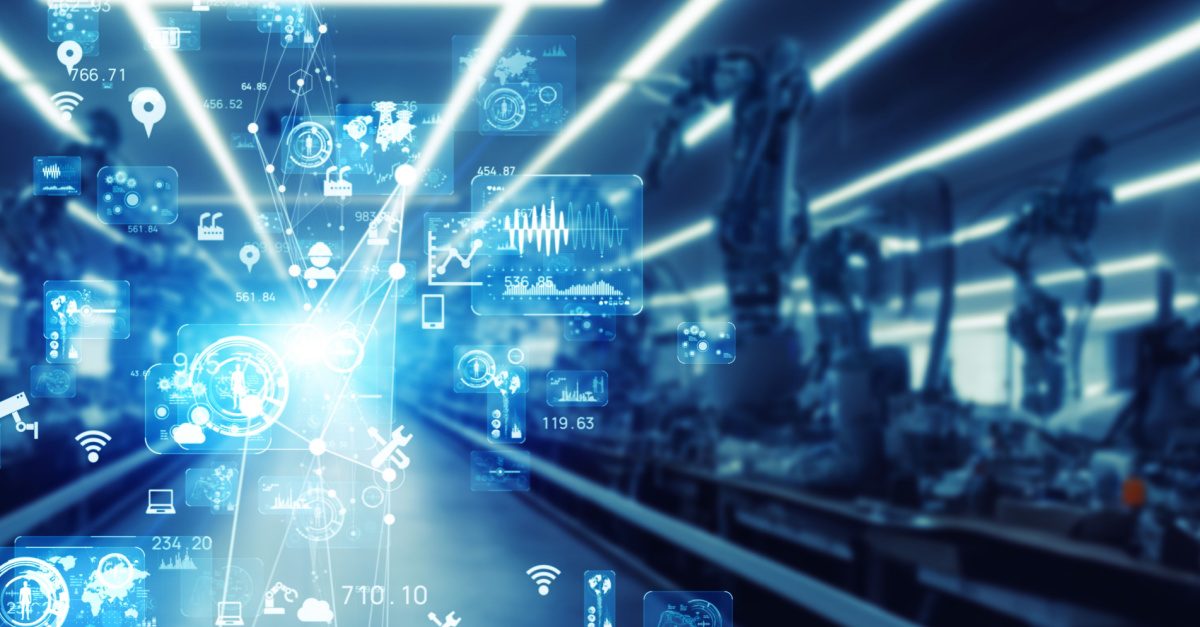
Exploring The Cutting-Edge Technologies And Innovations In Manufacturing
Technology’s advancement is progressively redefining the manufacturing landscape. From enhancing production processes to augmenting efficiency and reducing costs, these modern innovations serve as transformative catalysts within the industry. For those determined to stay at the forefront of this rapidly evolving sector, gaining a firm grasp of these emerging trends becomes essential.
This article will discuss the five influential technologies significantly impacting the manufacturing world. From the precision of CNC machining to the predictive prowess of artificial intelligence, these cutting-edge technologies continually raise the industry standard.
CNC Machining
CNC, or Computer Numerical Control machining, sits at the forefront of modern manufacturing. This technology uses computerised controls to operate and manipulate various machine tools, including lathes, mills, routers, and grinders. Companies like elemetmfg.com have deepened their understanding of CNC technology and its role in manufacturing today.
CNC machining has brought about significant transformation in the manufacturing industry. This technique has allowed for increased automation, displacing manual machine operation with precise computer-aided control. This advancement has improved speed, accuracy, and efficiency across various industries, achieving high levels of repeatability and consistency.
The CNC machining landscape continuously evolves with a raft of innovations and developments that expand its applications and enhance efficiency. We now have multi-axis machines capable of complex operations and software enhancements that improve precision and speed. CNC machining is growing and changing in line with the dynamic manufacturing industry.
Additive Manufacturing
Additive manufacturing or 3D printing, is another technology causing a stir in manufacturing. It’s a process in which three-dimensional objects are created from a digital model by layering materials. This technology is a revolution, affording much more flexibility and customisation in production.
The role of additive manufacturing in revolutionising manufacturing processes, cannot be overstated. It’s a significant shift from traditional mass production to a more personalised, on-demand manufacturing model. This technique allows for high-precision creation of complex designs, sparking innovation and creativity across diverse industries.
Looking ahead, additive manufacturing promises an exciting future with the advent of techniques like bioprinting and metal printing. These are expanding the possibilities of 3D printing, allowing for a wide range of products, from personalised medical implants to lightweight, high-strength aerospace components.
Industrial Internet Of Things (IIoT)
The Industrial Internet of Things (IIoT) represents a network of interconnected industrial devices fitted with software and sensors. IIoT has the potential to revolutionise manufacturing, providing real-time data sharing and analysis, process optimisation, and predictive maintenance.
The role of IIoT in manufacturing is monumental, acting as a catalyst for the shift to Industry 4.0. Its ability to gather and analyse large amounts of data in real-time enables data-driven manufacturing. This change allows manufacturers to enhance processes, minimise waste, improve product quality, and pre-empt equipment failures.
When IIoT intersects with artificial intelligence (AI) and machine learning (ML), we see the emergence of smart factories. AI and ML algorithms analyse the data generated by IIoT, make accurate predictions, and make autonomous decisions, leading to highly efficient, automated factories.
Robotics And Automation
Robotics plays a critical role in modern manufacturing. These programmable machines offer unprecedented levels of precision, consistency, and efficiency. Robots can work non-stop, take on dangerous or repetitive tasks, and transform production lines.
The synergy between robotics and automation results in a new level of efficiency. Automated robots can perform repetitive tasks accurately, freeing human workers to engage in complex, higher-value tasks. This fusion leads to increased productivity and improved safety in the manufacturing sector.
In terms of advancements, robotics, and automation are continuously evolving. We see the emergence of collaborative robots or ‘cobots’ that can work alongside humans, learn from them, and enhance their capabilities. Other developments include advanced sensor technology, machine vision, and AI integration, all pushing the boundaries of efficiency and versatility.
Augmented Reality (AR) And Virtual Reality (VR)
Augmented Reality (AR) and Virtual Reality (VR) provide interactive experiences. In manufacturing, these technologies offer new ways of designing, training and assembling products.
AR and VR play vital roles in the training, design, and assembly processes of manufacturing. They enable virtual training scenarios, 3D design visualisation, and interactive assembly instructions. These applications improve safety, faster design cycles, and enhance product quality.
Looking forward, the potential of AR and VR in the manufacturing industry is immense. With continuous advancements, these technologies promise to revolutionise product development, worker training, and factory operations, further changing the face of manufacturing.
Conclusion
Technologies like CNC machining, additive manufacturing, IIoT, robotics, AI and ML, and AR and VR are reinventing the manufacturing landscape. Their transformative power is evident in the sector’s increased efficiency, precision, and adaptability.
The journey into the future of manufacturing promises to be exciting, with these technologies leading the charge. As we look ahead, embracing these innovations will be crucial for manufacturers to stay competitive and relevant in a rapidly evolving industry.

